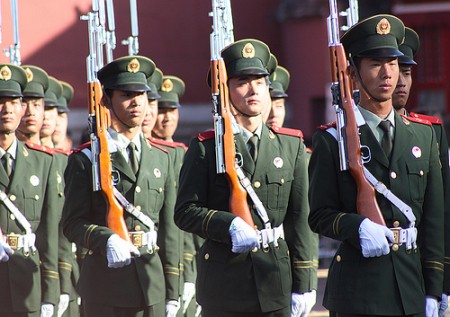
India’s status as a military power is underlined by its possession of nuclear weapons. Nevertheless, India’s nuclear weapons program is not permitted under the Nuclear Non-Proliferation Treaty (NPT), and New Delhi has elected to remain outside of the formal non-proliferation regime. This ambiguous position has become increasingly accepted by members of the regime, but it represents a challenge for global non-proliferation, because there is no incentive for the country to engage in disarmament or to stem proliferation while this status quo continues. Moreover, India’s place as an accepted nuclear weapons state outside of nuclear regulatory frameworks could significantly impact global non-proliferation efforts.



